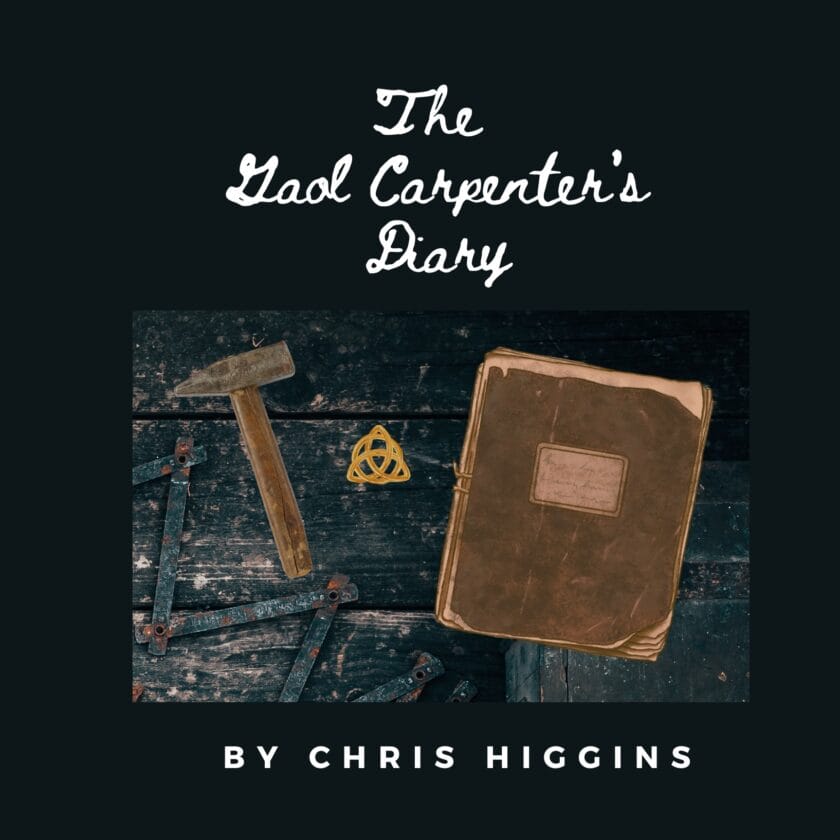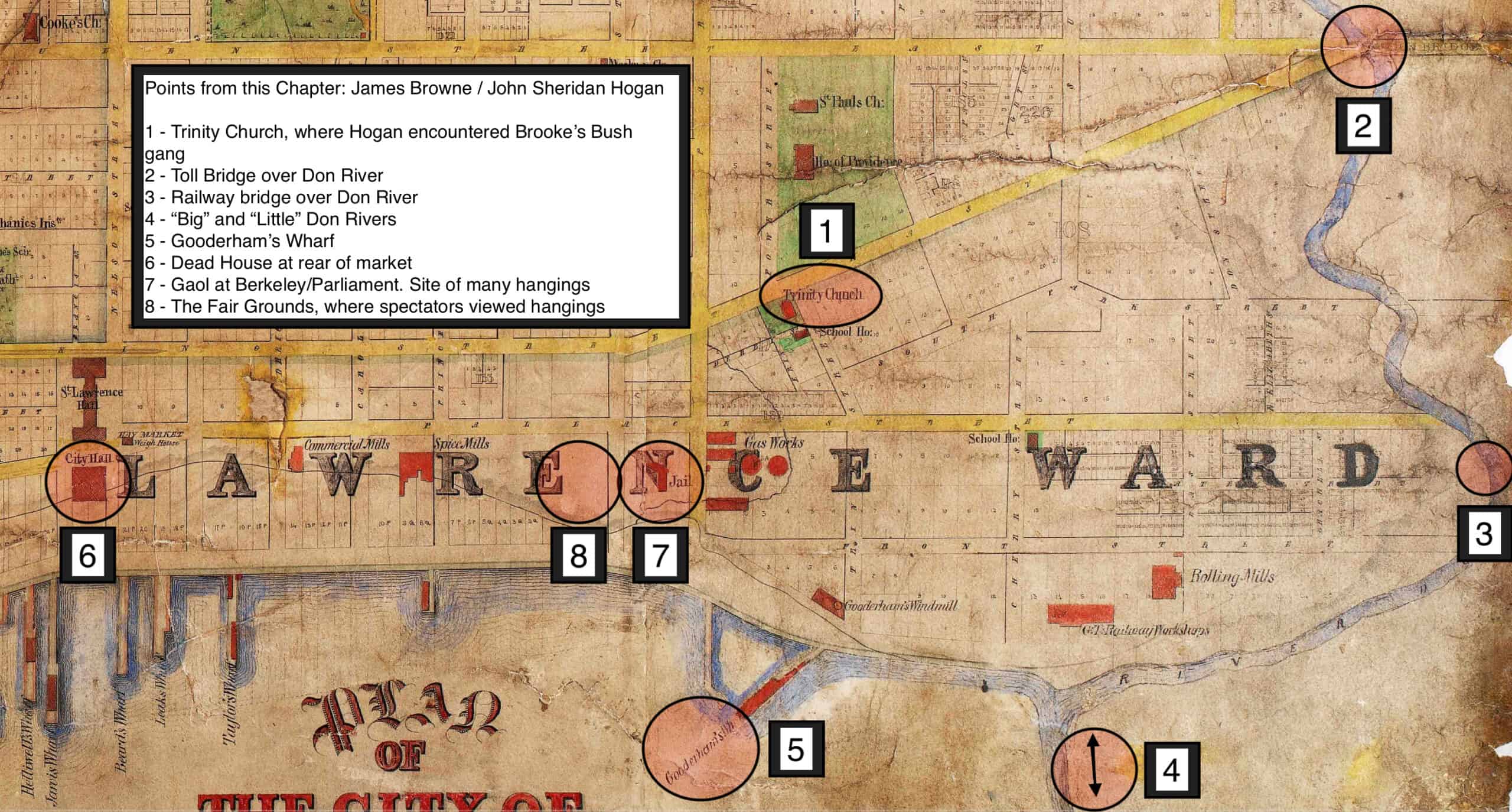
When a 16-year old Irish immigrant arrives in Toronto in 1849, he finds a job working at the Home District Gaol. One of his first assignments is to build the gallows for a hanging. Until his retirement in 1895, he lives through several high-profile murder cases, and meets the prisoners. Each story is recorded in his diary.

